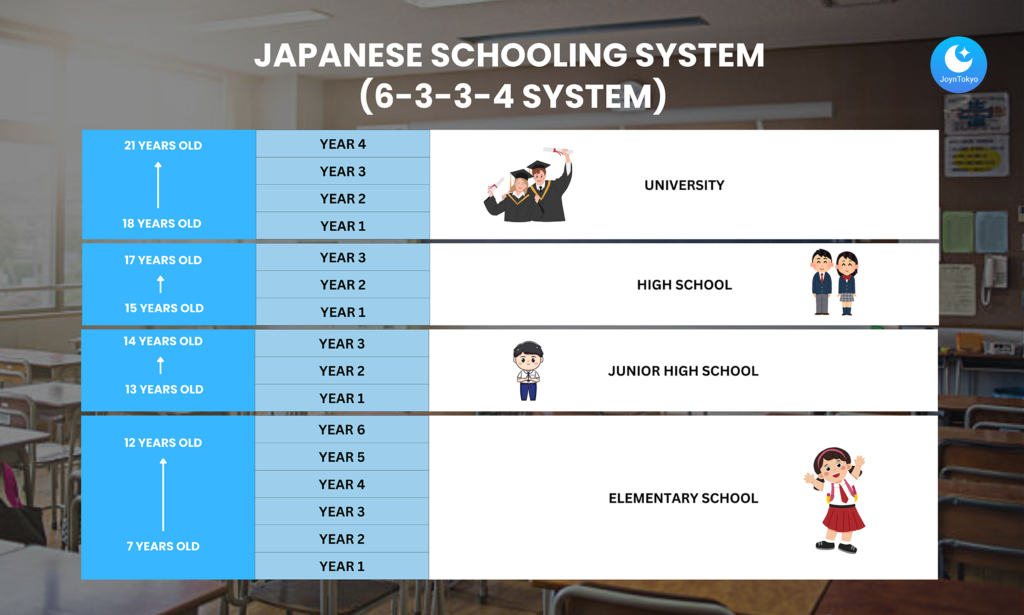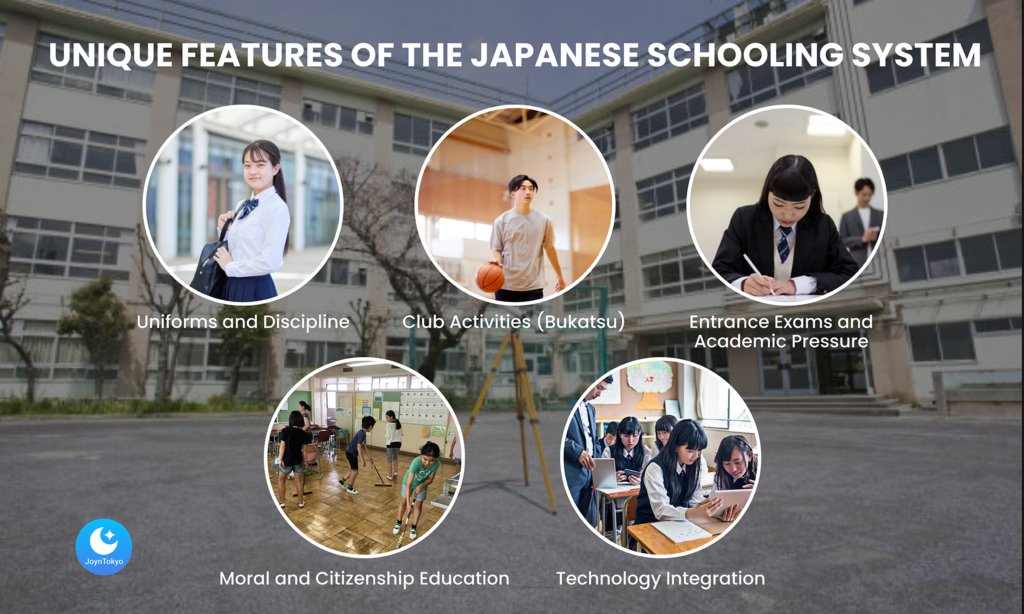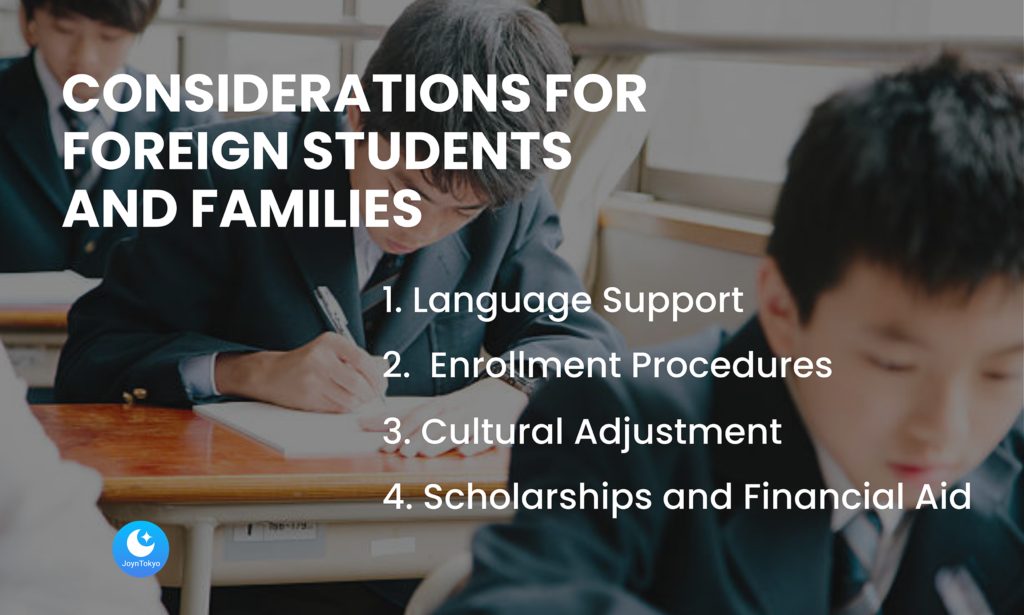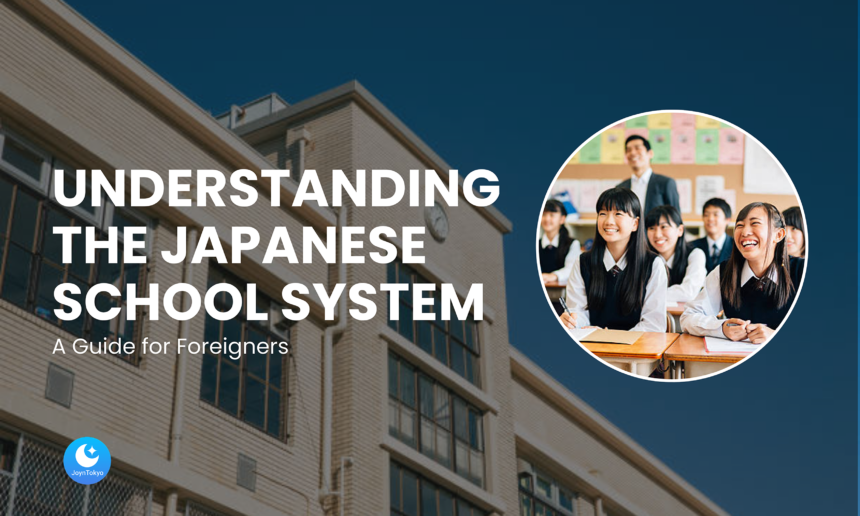The Japanese School System: A Comprehensive Guide for Foreigners
Navigating a new country’s education system can be both exciting and daunting. In Japan, the school structure is highly organized and places great emphasis on academic rigor, discipline, and social development. This article provides an in-depth overview of the Japanese schooling system, from preschool to higher education, along with practical tips for foreign families considering enrolling their children—or themselves—in Japan’s educational institutions.
Understanding the Basics of Japanese Education
strong academic foundation and well-defined stages of learning. The academic year typically starts in April and ends in March, which may differ from many Western countries. Knowing these basics helps you better plan your school search and enrollment process.
The 6-3-3-4 Structure

The Japanese school system follows a 6-3-3-4 pattern:
- Elementary School (Shougakkou/小学校): 6 years
- Junior High School (Chuugakkou/中学校): 3 years
- High School (Koukou/高校): 3 years
- University (Daigaku/大学): 4 years
Though high school is not legally mandatory, nearly all students proceed to this level.
Early Childhood Education: Preschools and Daycares
Before elementary school, many children attend Kindergarten (Youchien/幼稚園) or Daycare (Hoikuen/保育園). These facilities focus on basic social skills, play-based learning, and preparation for the more structured environment of elementary school. Some schools combine both kindergarten and daycare functions (called “Nintei Kodomoen”), reflecting Japan’s growing need for flexible childcare.
Compulsory Education: Elementary and Junior High School
Compulsory education in Japan covers 9 years—6 years of elementary school and 3 years of junior high school.
Elementary School (Shougakkou/小学校)
Elementary school develops a strong foundation in core subjects such as Japanese language, arithmetic, science, and social studies. Students also learn moral education, physical education, music, and arts. Uniquely, students often clean classrooms and school facilities together in a practice called souji (掃除), cultivating teamwork and responsibility.
Junior High School (Chuugakkou/中学校)
Junior high school expands on the basics, introducing advanced mathematics, sciences, and foreign languages (mainly English). Many students join club activities (bukatsu) such as sports teams or cultural clubs, which play a significant role in building teamwork, leadership, and social bonds.
High School Education: Academic and Vocational Options
Although not compulsory, high school (Koukou/高校) enrollment is extremely common, with over 95% of students continuing. Depending on future goals, students can choose:
Academic High Schools
Designed for those aiming for university admission, academic high schools focus on preparing students for competitive entrance exams. Specialized tracks (e.g., science, humanities, social studies) let students concentrate on subjects relevant to their intended career or major.
Vocational High Schools
For students looking to enter the workforce sooner or gain practical expertise, vocational high schools offer hands-on training in areas like engineering, business, agriculture, and healthcare. Some schools partner with local industries, providing real-world experience and job placement assistance.
Higher Education: Universities and Vocational Colleges
Entrance into universities and vocational colleges (senmon gakkou/専門学校) is highly competitive. Students typically sit for rigorous exams, and high school performance also plays a crucial role in admissions.
National and Public Universities
These institutions are prestigious and often more affordable, receiving government funding to support research and academic programs. They typically require strong entrance exam scores and emphasize academic excellence.
Private Universities
Private universities make up the bulk of higher education institutions in Japan. They offer diverse programs and may have ties with overseas universities, facilitating international exchange. Tuition tends to be higher than national/public options, but scholarships are available.
Vocational Colleges (Senmon Gakkou/専門学校)
Ideal for those seeking specialized skills in fields like design, culinary arts, information technology, or hospitality. Courses are career-focused, and many colleges have strong connections with industries to support internships and employment.
Unique Features of the Japanese Schooling System

Japan’s approach to education is shaped by cultural values, discipline, and community spirit.
Uniforms and Discipline
Most schools require uniforms to promote unity and minimize social barriers. Rules on appearance, punctuality, and conduct are strict, instilling discipline and respect in students.
Club Activities (Bukatsu)
From sports (baseball, soccer, kendo) to culture-oriented clubs (tea ceremony, calligraphy, music), bukatsu are integral to student life. These activities foster teamwork, leadership, and often cultivate lifelong interests or professional paths.
Entrance Exams and Academic Pressure
High school and university entrance exams have a significant impact on students’ future. Many attend cram schools (juku/塾) to enhance their exam performance. While this system is known for its rigor, it also brings considerable stress and competition.
Moral and Citizenship Education
Beyond academics, Japanese schools incorporate moral education, teaching empathy, respect for elders, and community responsibility. This holistic approach aims to shape well-rounded citizens.
Technology Integration
In recent years, digital learning tools like tablets, online study platforms, and coding classes have gained popularity. However, traditional methods—such as rote memorization and handwritten exams—remain deeply ingrained.
Considerations for Foreign Students and Families

For foreigners looking to study or enroll children in Japan, a few key points can smooth the process:
Language Support
Public schools primarily teach in Japanese, but international schools or special language support classes are available in certain districts. Some public institutions offer supplementary Japanese lessons for non-native speakers.
Enrollment Procedures
Enrollment requirements differ by school type (public, private, or international). Public schools typically require residence registration (在留カード/Zairyu Card), while international schools may have their own admissions criteria and tuition fees.
Cultural Adjustment
Study methods emphasizing memorization, classroom discipline, and group activities may differ from Western styles. Adapting to these norms—and understanding unwritten rules—can ease social and academic integration.
Scholarships and Financial Aid
Numerous scholarships exist for international students, including programs from MEXT (Ministry of Education, Culture, Sports, Science and Technology). Private foundations and local governments also offer financial aid, so researching options beforehand is crucial.
Final Thoughts: Navigating Japan’s Educational Landscape
Japan’s structured education system provides rigorous academics, cultural immersion, and diverse learning paths. Whether you opt for a local public school, a private institution, or an international program, understanding the system’s stages, key features, and enrollment procedures is essential. Take advantage of language support, consult official resources (like MEXT’s Website), and explore scholarship opportunities. With adequate preparation, foreign students can thrive in Japan’s educational environment—gaining not only knowledge but also invaluable cultural experiences.

